How to Build a Salad Table
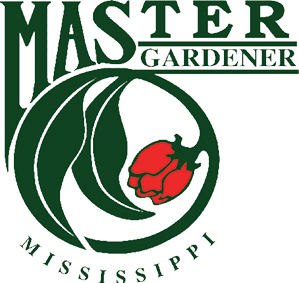
Salad tables, also known as kitchen tables, are raised beds for gardening. They offer a way for all people, including those with limited mobility, to grow their own produce. As the name implies, many use the tables to grow lettuces and radishes, but others choose to grow herbs or other shallow-rooted plants.
Salad tables can be built using any 6-inch by 1-inch rot-resistant wood, such as white oak, cedar, cypress, or treated pine. The chemicals from treated pine will migrate about one-tenth of an inch into your growing medium. These types of wood are available at most home improvement centers.
The Pine Belt Master Gardeners use only cypress because it is inexpensive and repels insects.
The group builds two basic sizes of tables: the salad table, which is 72 inches long, 36 inches wide, and 6 inches deep; and the herb table, which is 36 inches long, 24 inches wide, and 6 inches deep. They use two lengths of legs: 38 inches, which give 32 inches of ground clearance (ideal for wheelchair access), and 32 inches, which give 26 inches of ground clearance (ideal for standing access).
Rolls of fiberglass screen and hardware cloth are usually 36 inches wide, so a salad table should be no wider than 36 inches. It should be no longer than 72 inches.
Salad tables can be built to fit your space, but to minimize waste and maximize ease of assembly, these instructions will yield a salad table that is 36 inches long by 30 inches wide with 32 inches of ground clearance.
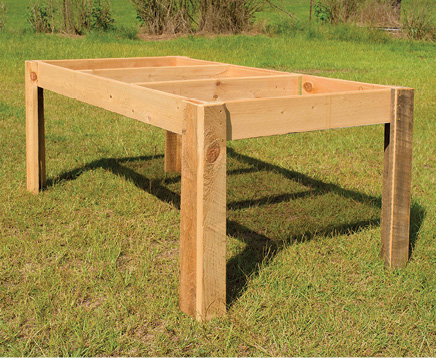
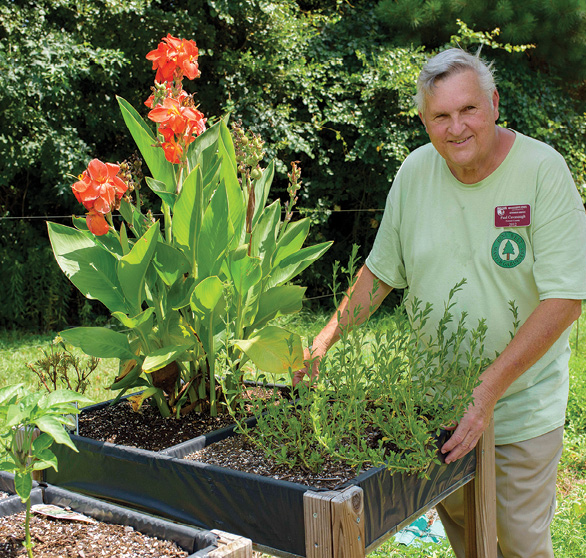
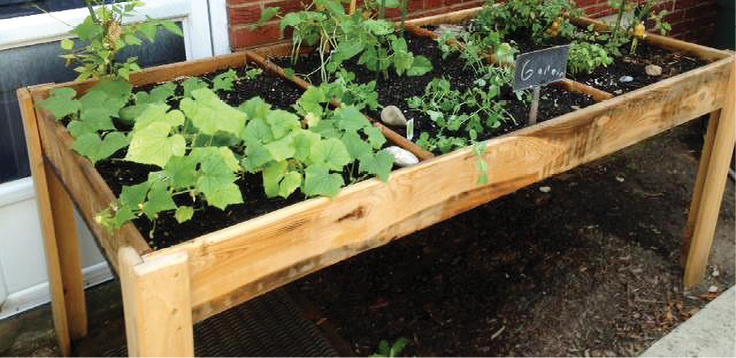
Materials and Tools
- 2 pieces of 36-inch long 6x1-inch wood (longer sides)
- 3 pieces of 30-inch long 6x1-inch wood (shorter sides and crosspiece)
- 8 pieces of 38-inch long 4x1-inch wood
- 1⅝-inch coated exterior wood screws
- ⅝-inch staples
- galvanized roofing nails
- 30x36-inch piece fiberglass screen
- 30x36-inch piece hardware cloth
- square
- drill or electric screwdriver
- staple gun
- circular saw or table saw (if wood is not precut)
Directions
- Screw two of the three shorter pieces to the two longer pieces to create a rectangle. Use 15/8-inch or larger coated exterior wood screws. Be sure the corners are square.
- Slide the other shorter piece of wood into the rectangle. For this table, you’ll need only one crosspiece. If you make a longer table, be sure to place crosspieces about every 18 inches. Use wood screws to attach the crosspiece to the frame.
- Turn the frame so that the side you want to become the bottom is facing up. Staple the fiberglass screen to the box with 5/8-inch staples.
- Nail the hardware cloth over the fiberglass screen using galvanized roofing nails.
- Now, add the legs. Each leg is formed with two pieces of 38-inch long 4x1. The legs meet at right angles on the outside edge of each corner. Screw the legs to the tabletop using 15/8-inch coated exterior wood screws..
- Use a lightweight potting soil mix to plant your table. You can use transplants or seeds to fill your table with shallow-rooted plants. You may need to water more frequently in hot, dry weather.
The Pine Belt Master Gardeners have built over 272 tables and have salad tables in Mississippi, Alabama, Louisiana, Georgia, Texas, Florida, Virginia, and Illinois.
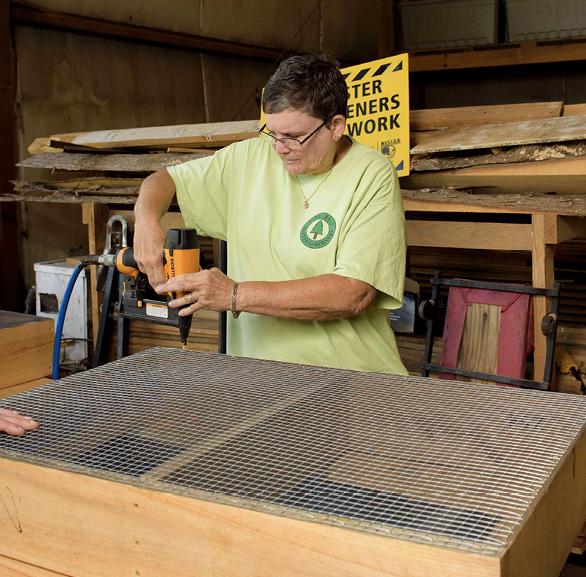
The Pine Belt Master Gardeners have built over 272 tables and have salad tables in Mississippi, Alabama, Louisiana, Georgia, Texas, Florida, Virginia, and Illinois.
The Pine Belt Master Gardener Association is a volunteer organization of the Mississippi State University Extension Service and promotes responsible horticultural practices in accordance with the research and recommendations of the Extension Service.
For more information, contact
Lamar County Extension
Ross Overstreet
(601) 794-3910
M2064 (POD-09-24)
Distributed by Jeff Wilson, PhD, Assistant Professor, North Mississippi Research and Extension Center.
The Mississippi State University Extension Service is working to ensure all web content is accessible to all users. If you need assistance accessing any of our content, please email the webteam or call 662-325-2262.


